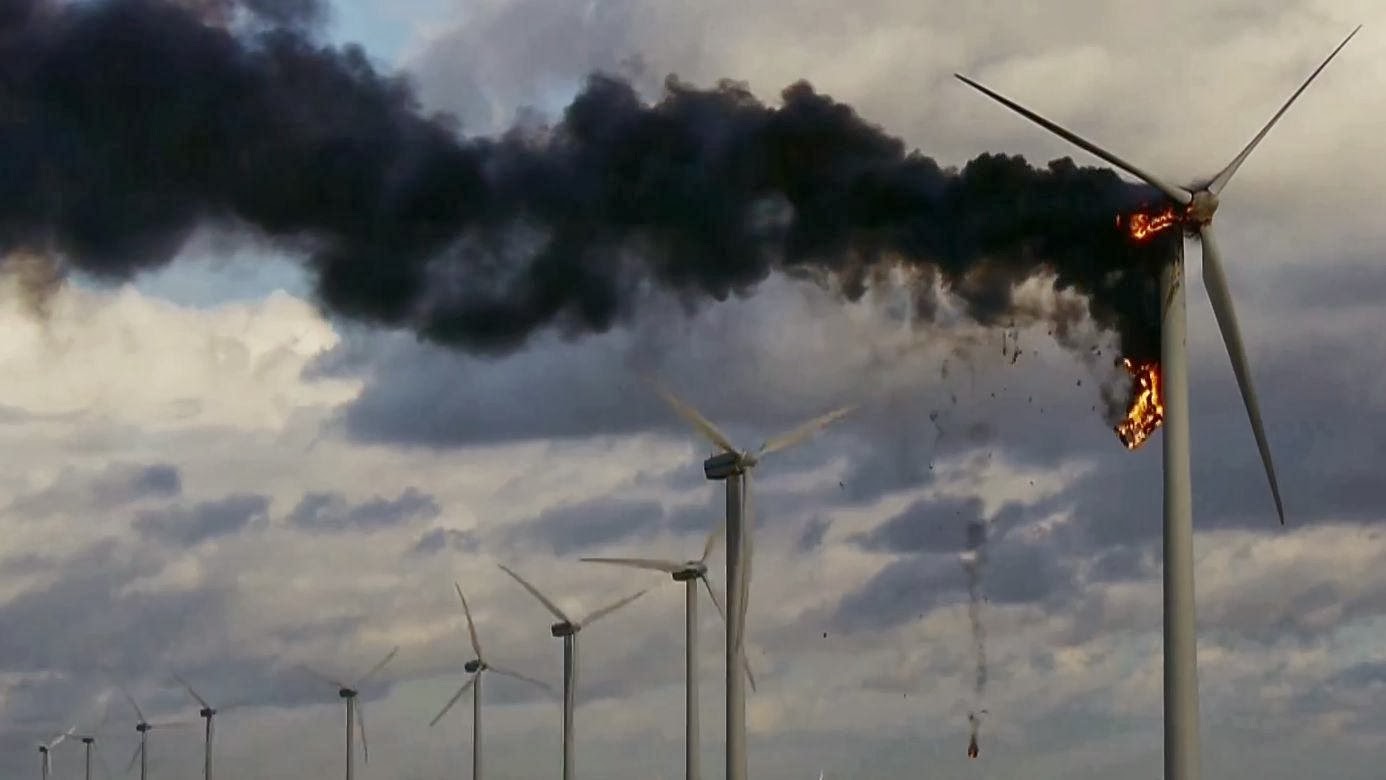A remarkable history of an innovative aviation design decades ahead of its time. Many said flying the world's first spin proof, two control, tricycle landing gear airplane was like "driving a car."

|
|
Gunfight Rules The best pistolero in Hawaii went to a gigantic law-enforement shooting contest in California...over 1200 participants. He came in second. I've seen his large trophy proudly displayed in his living room...it is in the shape of a tombstone.
"Peace is that brief glorious moment in history when everybody stands around reloading."
In a gunfight, the most important rule is ... HAVE A GUN!
These are shooting tips from various Concealed Carry Instructors. If you own a gun, you will appreciate these rules... If not, you should get one, learn how to use it and learn the rules.
RULES
A Guns have only two enemies: Rust and Politicians. Rust can be prevented, Politicians cannot.
B It's always better to be judged by 12 than carried out by 6.
C Cops carry guns to protect themselves, not you
D Never let someone or something that threatens you get within 7 yards.
E Never say "I've got a gun." If you need to use deadly force, the first sound they should hear is the safety clicking off, or the hammer cocking.
F The average response time of a 911 call is 23 minutes when only seconds count; the response time of a .357 is 1,400 feet per second.
G The most important rule in a gunfight is: Always Win - there is no such thing as a fair fight. Always Win - cheat if necessary. Always Win - 2nd place doesn't count.
H Make your attacker advance through a wall of bullets ... you may get killed with your own gun, but they'll have to beat you to death with it because it will be empty.
I If you're in a gun fight: (a) If you're not shooting, you should be loading. (b) If you're not loading, you should be moving. (c) If you're not moving, you're dead.
J In a life and death situation, do something ... it may be wrong, but do something!
K If you carry a gun, people will call you paranoid. Nonsense! If you have a gun, what do you have to be paranoid about?
M You can say "stop" or any other word, but a large bore muzzle pointed at someone's head is pretty much a universal language; and, you won't have to press 1 for Spanish/Mexican, or 2 for Chinese, or 3 for Arabic.
N Never leave a wounded enemy behind. If you have to shoot, shoot to kill. In court, yours will be the only testimony.
O You cannot save the planet, but you may be able to save yourself and your family.
If you believe in the 2nd Amendment, forward to others you know who also believe. |

| Date/Target | Result |
|---|---|
| 11 March – 24 August 1944 | No. 466 Squadron RAAF laid mines.[23] |
| 18 April 1944 | No. 466 Squadron RAAF conducted bombing operations.[23] |
| 29 August 1944 | Mission 584: 11 B-17 Flying Fortresses and 34 B-24 Liberators bomb Heligoland Island; 3 B-24s are damaged. Escort is provided by 169 P-38 Lightnings and P-51 Mustangs; 7 P-51s are damaged.[24] |
| 3 September 1944 | Operation Aphrodite B-17 63954 attempt on U-boat pens[25] failed when US Navy controller flew aircraft into Düne Island by mistake. |
| 11 September 1944 | Operation Aphrodite B-17 30180 attempt on U-boat pens[25] hit by enemy flak and crashed into sea. |
| 29–30 September 1944 | 15 Lancasters conducted minelaying in the Kattegat and off Heligoland. No aircraft lost.[26] |
| 5–6 October 1944 | 10 Halifaxes conducted minelaying off Heligoland. No aircraft lost.[26] |
| 15 October 1944 | Operation Aphrodite B-17 30039 *Liberty Belle* and B-17 37743 attempt on U-boat pens[27] destroyed many of the buildings of the Unterland. |
| 26–27 October 1944 | 10 Lancasters of No 1 Group conducted minelaying off Heligoland. 1 Lancaster minelayer lost.[26] and the islands were evacuated the following night. |
| 22–23 November 1944 | 17 Lancasters conducted minelaying off Heligoland and in the mouth of the River Elbe without loss.[26] |
| 23 November 1944 | 4 Mosquitoes conducted Ranger patrols in the Heligoland area. No aircraft lost.[26] |
| 31 December 1944 | On Eighth Air Force Mission 772, 1 B-17 bombed Heligoland island.[28] |
| 4–5 February 1945 | 15 Lancasters and 12 Halifaxes minelaying off Heligoland and in the River Elbe. No minelaying aircraft lost.[26] |
| 16–17 March 1945 | 12 Halifaxes and 12 Lancasters minelaying in the Kattegat and off Heligoland. No aircraft lost.[29] |
| 18 April 1945 | 969 aircraft: 617 Lancasters, 332 Halifaxes, 20 Mosquitoes bombed the Naval base, airfield, & village into crater-pitted moonscapes. 3 Halifaxes were lost. The islands were evacuated the following day.[30] |
| 19 April 1945 | 36 Lancasters of 9 and 617 Squadrons attacked coastal battery positions with Tallboy bombs for no losses.[30] |





